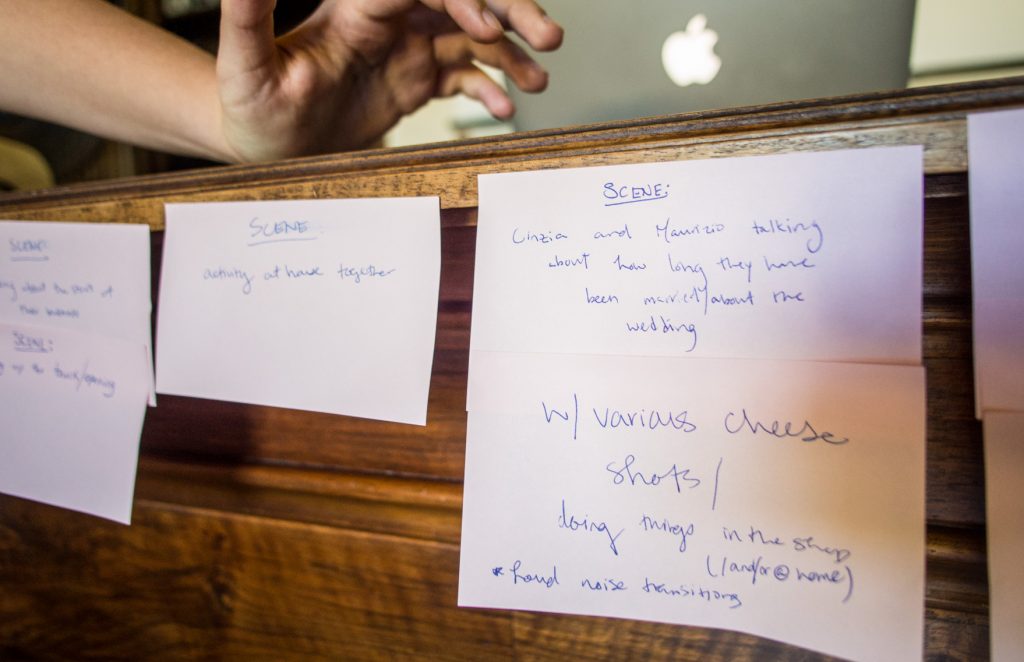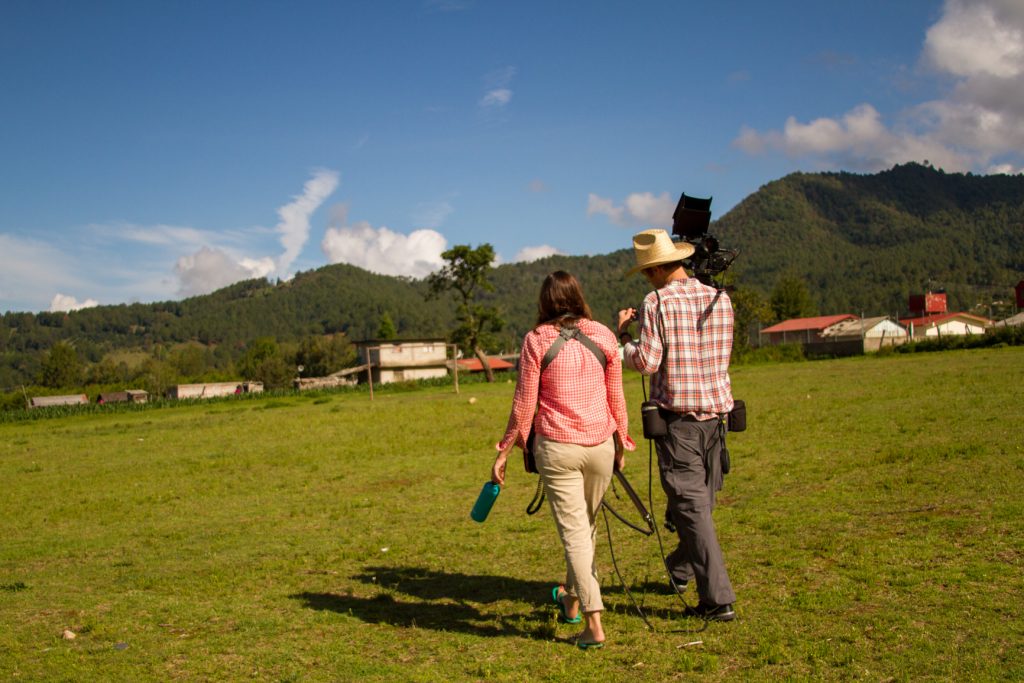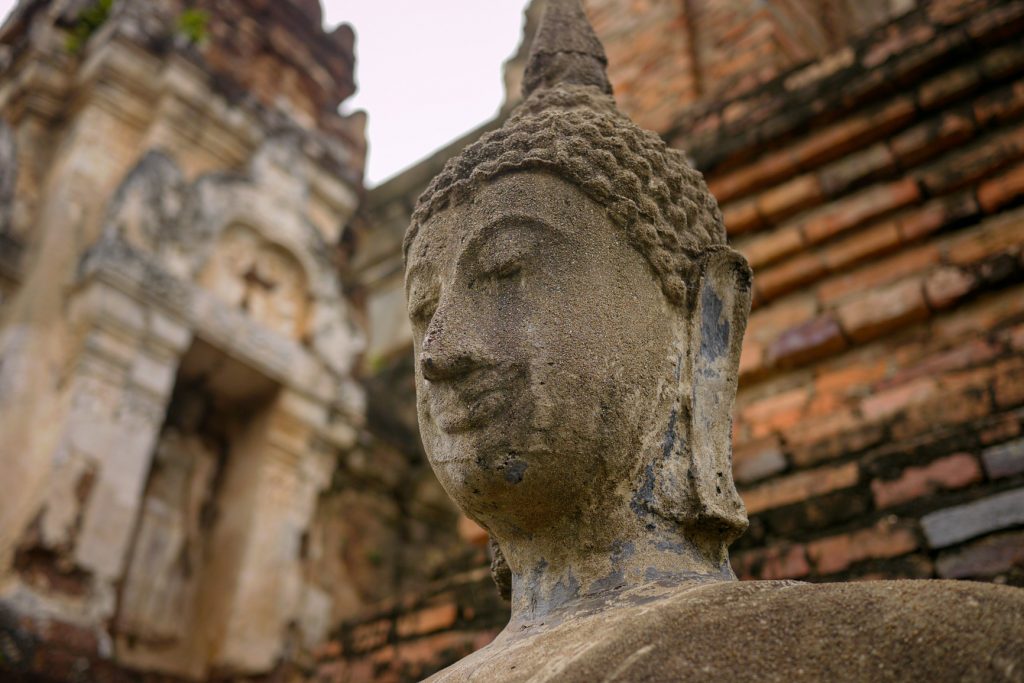We’ve been thinking a lot lately about creativity, specifically taking creative risks. As we get older, we become more fearful of taking creative risks while at the same time having more confidence in our creative ability. It’s a strange mindset, but one we’re willing to bet is faced daily by creative professionals. The main barrier to creativity stems from fear coupled with a lack of understanding of the creative process. We frequently hear people say, “I’m not a creative person,” a sad statement indeed. We all have creativity inside us, it’s just a matter of flexing that muscle. Here’s seven ways to do that:
1.) Let Go of Fear
Fear is the arch enemy of creativity. If you are fearful from the get go then you are stifling your creative potential. You must find away to ignore or embrace the feeling of fear, especially fear of failure. That means accepting that failure is likely, and recognizing it as a useful outcome rather than a dreaded one. Failure is not just inevitable, it’s necessary. It informs our work and makes us better. It builds our resiliency. Once you acknowledge that failure is a part of the creative process, it’s easier to stop fearing it. Sometimes it helps to be alone when you are creating (so that you won’t worry about being judged by others), but many times it simply means not judging yourself. You are not alone in these feelings.
2.) Creativity Comes First

Try to be creative first thing in the morning, even before you open your email box or check the news. Those are merely distractions that block the creative process. We usually have our best ideas first thing in the morning before the doldrum of daily life causes distraction. Even setting aside one hour for creative endeavors each morning can reap dividends. In order to be successful, you must invest time into your creative exploration. Attempting to squeeze creative processes in-between other tasks, or leaving it until you’re already tired from the day, will usually lead to creative exhaustion.
3.) Change Your Workflow

Creativity can be thought of as a workflow. It’s a process of brainstorming, inspiration, writing/drawing ideas, adjusting, rehashing, producing and then revising. If you change your workflow, then you may be able to kickstart your creativity. This follows from #2, but takes it further. Use a notepad instead of a computer to write. Draw on your iPad instead of on paper. Walk around the park to think up ideas instead of sitting at a table. Spend lots of time in nature. Changing the tools used and setting where the creativity takes place can lead to new creative avenues.
4.) Take a Break
Once you get creatively stuck, it’s often better to stop and come back to it later or the next day. We often find that creativity can’t be forced. If it ain’t happening, it ain’t happening. But when we leave it alone and come back some time later, we are often hit with new inspiration or ideas that seemingly come out of nowhere. It’s pretty amazing actually, and you don’t even have to do much. In fact, it’s better if you actively try to not think about what you were working on. Let the subconscious do its thing. Oh, and don’t forget to sleep.
5.) Wade Through the Mud
If you want to be more creative, then you have to learn to love junk. Well, maybe not love it, but just learn to live with it. Most of your first ideas will be bad. But you have to get through the bad to reach the good. It doesn’t mean that all the work is for nought. It’s an essential step before getting to something great. You may take bits and pieces from the bad and use them later in your better, more refined idea. But you’ll never know unless you wade through the that mud first.
6.) Be Present

Whenever we’ve drifted away from our most creative selves, it’s often because we’ve been thinking about the end product; this dreamy result that everyone around us applauds and celebrates. Sometimes I can’t even see the form, but I envision the feeling. Yet we are our most creative selves when we’re present in the process; when we are deep in discussion about how to solve a problem, when a compelling character emerges, or we recognize a scene that says and emotes everything we were hoping it would. We’re on our way to something good, but we’re not quite there yet. Being present in that moment allows us to concentrate on the work, not the end result.
7.) Allow Others To Inspire
Engaging in creative community allows you to see how others work, how they succeed and fail. It makes you feel less alone in the harder parts of creative work. And seeing how others rise and fall enables you to better believe in the ups and downs of the process yourself. I think of 20th century artists who congregated amongst themselves, not as competitors but as co-conspirators in the process of creatively reflecting on the times. The best inspiration comes from being with people as they work, but it also comes from observing the product. Watch films, go to museums, read books, understand and learn about the process of others. It will inspire you.